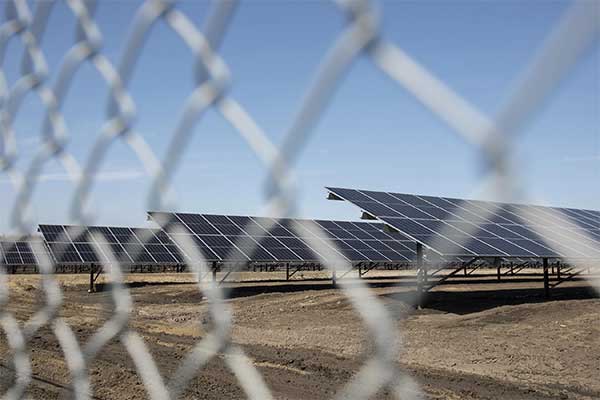- Uncover how Alberta's transition from fossil fuel dependency could be accelerated by the federal government's massive investment in clean energy projects.
- Learn about the intriguing partnerships between corporate stakeholders and Indigenous communities—what are they building together for Alberta's energy future?
- Find out if this investment is more than just a drop in the bucket when it comes to reaching Canada's ambitious net-zero emission goals by 2035.
In a significant move to accelerate Canada’s transition to a sustainable, low-carbon future, the Federal Government has announced a substantial financial commitment to clean energy projects in Alberta.
This initiative, which involves collaborations with Indigenous communities and industry stakeholders, represents a cornerstone in the government’s broader strategy to make clean, affordable, and reliable energy accessible to all Canadians.
Alberta’s Energy Landscape
Alberta has long been associated with its rich oil and gas reserves, but the province is increasingly gaining recognition for its burgeoning clean energy sector.
Its geographical features—including abundant sunshine, strong winds, and hydrological resources—offer immense potential for solar, wind, and hydroelectric energy. Additionally, Alberta has a highly skilled workforce and an expanding network of local businesses and Indigenous communities that are keen on participating in the clean energy transition.
The new investment from the federal government aims to capitalize on this potential, thereby facilitating job creation, local economic growth, and an increase in the province’s energy self-sufficiency.
Financial Commitment and Project Scale
The Honourable Jonathan Wilkinson, Canada’s Minister of Energy and Natural Resources, revealed the particulars of the investment package, committing over $175 million to 12 clean energy projects based in Alberta.
These ventures are projected to generate thousands of new jobs and provide communities with clean and cost-effective energy solutions.
When fully operational, these projects could significantly cut greenhouse gas emissions—equivalent to removing nearly 325,000 gasoline-powered cars from the roads each year. This would contribute to improved air quality, which, in turn, would lead to healthier communities across the province.
A Closer Look at Funded Projects
Among the projects selected for federal funding, several stand out for their innovative approaches and potential impact:
- Buffalo Atlee: Capstone Infrastructure Corporation, in association with Sawridge First Nation, will develop four wind farm sites near Jenner, Alberta, aiming to produce over 200,000 megawatt-hours annually.
- ATCO: Known for its longstanding service in energy solutions, ATCO will modernize infrastructure and implement advanced metering systems across various communities, from rural and remote areas to urban centers.
- Lanfine Wind 1: Pattern Energy Group LP will carry out this onshore wind energy project in eastern Alberta.
- Hilda Wind Power Project: Renewable Energy Systems Canada plans to add 105.4 MW of wind energy in Cypress County.
- Barlow and Deerfoot Solar Facilities: In partnership with Chiniki and Goodstoney First Nations, ATCO aims to build Western Canada’s largest urban solar installation.
- Akamihk Energy: Owned by the Montana First Nation, this enterprise seeks to consolidate all existing electrical distribution networks on Montana First Nation’s lands into a unified microgrid.
Moving Toward a Net-Zero Future
The federal government’s financial commitment underscores its dedication to achieving a net-zero electrical grid by 2035. This collaborative effort also aligns with broader policy objectives related to economic reconciliation with Indigenous communities and national climate action goals.
A Pivotal Step in a Long Journey
While the federal government’s investment in Alberta is undeniably significant, it is crucial to view it as one part of a multi-faceted approach to combat climate change and transition to a sustainable energy future. By partnering with Indigenous communities and leveraging industry expertise, Canada not only advances toward its net-zero emissions target but also fosters social inclusion and economic growth.
The project has set a precedent for collaborative efforts and highlights the pivotal role that provinces like Alberta play in Canada’s national sustainability initiatives.
As the projects unfold, ongoing analysis and public engagement will be critical in gauging their success and making data-driven adjustments for future endeavors. In doing so, Canada takes a significant step forward on its path to environmental responsibility and energy resilience.











Comments